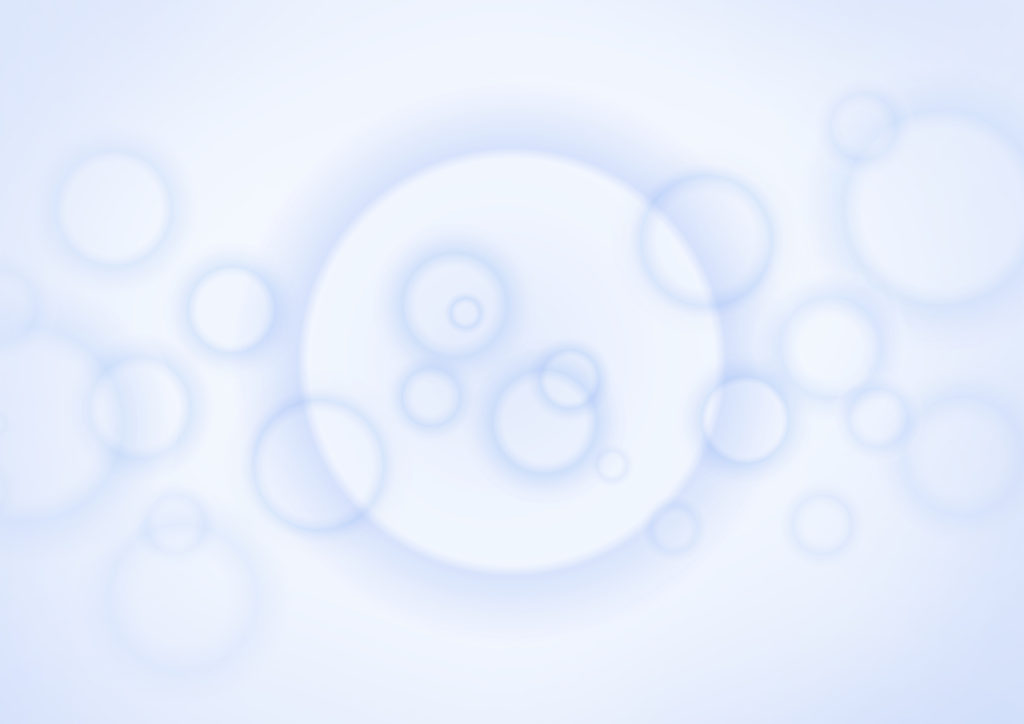This article is an extract from the lecture and consultation “Ask Dr. Wahaha! How to think and respond to children’s illness” held in 2018. Japanese original, and English and Chinese translations are available.
“Disease-causing bacteria” exist only in particular places
Disease-causing bacteria exist mainly in or on creatures. It is often said that nowadays food poisoning would not occur in a house of an individual. One case could be the botulinum poisoning caused by the bacteria contained in honey, but it is so rare. If a child under age 1 takes botulinum in his/her body, it could be deadly. But if the child is over age 1, it is safe. Other than this kind of special bacteria, food poisoning rarely occurs at an individual’s home.
The norovirus poisoning that occurs when eating raw oysters is probably the only food poisoning by viruses that we recently have. Things have changed from the past when food poisoning was more common.
What sometimes happens, for example, is the group food poisoning caused by packed lunch during a trip. A lunch packed at home at 4 or 5 in the morning is left in the normal temperature since there is no fridge to put it in. Such poisoning can only occur if the person who made the lunch happened to have some scars on his/her fingers, and some staphylococcus bacteria had entered into those scars.
Human bodies are protected by what is called normal bacterial flora, which is on us at ordinary times. Because of this, the disease-causing bacteria cannot get in. However, when there is a scar, the protective barrier would be thin so that disease-causing bacteria can get in and increase from there. Recently, people are overcautious that they wear gloves when making onigiri rice balls, fearing that bacteria would be passed on. But I can say that the possibility of bacteria spreading from onigiri is zero. Disease-causing bacteria exist only in particular places.

Intestinal bacteria are amazing
The bacteria existing around us are either the ones that are extremely beneficial or those that makes no harms or benefits. However, we have been trying to fight against the disease-causing bacteria only in fear of them. After some time, just recently, we have become knowledgeable about the bacteria which are inside our bodies.
When we make research on intestinal bacteria, we need to take out the bacteria from the intestine and let them grow and increase. But many bacteria hate the air, so they would die when they are outside. A Japanese researcher called Tomotari Mitsuoka went through tremendous difficulties and managed to nurture bacteria. He is the person who gave names to various intestinal bacteria such as good bacteria (probiotics), bad bacteria and opportunistic bacteria. The bad bacteria sound as though they are very bad, but they only do bad things when the immune systems in our bodies are weak. Usually they do no harm. Likewise, we don’t know exactly what the opportunistic bacteria do to us, but hopefully we will soon find out that they are beneficial to us.
It is said that there are about 37 trillion cells and at least 100 trillion intestinal bacteria in a human body. There is a book called “90 % of your body are made of bacteria”. In other words, we consist of bacteria covered by the skin of human beings.
There are 500 to 1,000 types of bacteria in our intestines. The combination or the composition of these bacteria varies from person to person. With fingerprints, there is a small possibility that someone might have the same fingerprint as you. But it is believed that absolutely no one has the same combination of intestinal bacteria as yours.
The combination is said to change from day to day. Also it is different when you are ill or healthy, and if you are fat or thin. Changing your intestinal flora is expected to lead to successful slimming diet.
As for the good bacteria, there are two main types: lactic acid bacteria (lactobacillus) and bifidobacteria. A baby would have a lot of bifidobacteria and only a little bit of lactic acid bacteria. An old person would have almost no bifidobacteria and a lot of lactic acid bacteria. The reason a baby has many bifidobacteria is because they are capable of digesting milk constituents such as breast milk and formula (powder milk). Therefore, infants have a lot of bifidobacteria. After that when they start eating food, bifidobacteria decrease. Since lactic acid bacteria don’t have so much of digesting capability, the bacteroides, a type of opportunistic bacteria, increase to help digestion.
Human bodies change according to various conditions. So, we should not try to change them. Intestinal bacteria are very important.
To be continued.
(Translated by Wakana Goto)
